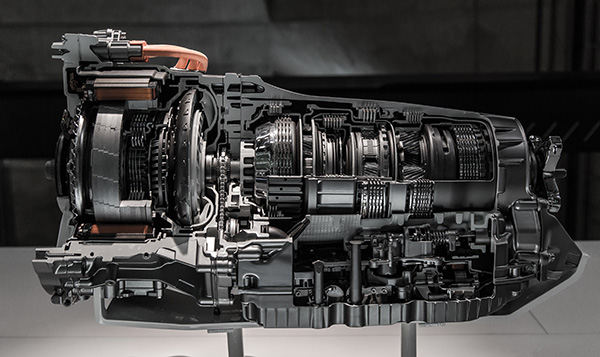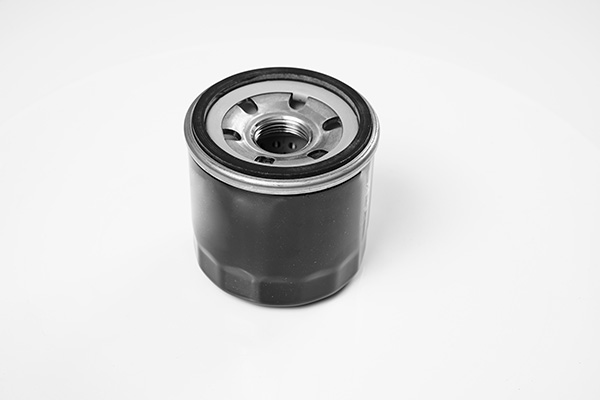Posted on 5/30/2025

Modern vehicles are more advanced than ever, and one area that has seen rapid change is the automatic transmission. Where 4-speed and 5-speed transmissions were once standard, it’s now common to see 8-speed, 9-speed, and even 10-speed gearboxes in newer vehicles. These additional gears promise smoother shifting and better fuel economy, but are there any downsides to having so many? While there are definite benefits, there are also a few trade-offs that drivers should understand. Here’s what you need to know about the potential disadvantages of high-gear-count transmissions. More Gears, More Complexity Each additional gear adds complexity to the transmission’s design. That means more clutches, more valve body components, and more computer controls to manage gear selection and timing. This added complexity increases the potential for something to go wrong over time. Compared to older 4-speed transmissions that were relatively simple and durable, mod ... read more
Posted on 5/21/2025

When it comes to routine car maintenance, most drivers are familiar with engine oil changes and the importance of replacing the oil filter. But when you start thinking about your transmission, things can get a bit murkier. It’s easy to assume the systems work the same way—but do they? Transmission problems are expensive and harder to diagnose, which makes understanding how your transmission stays clean even more important. If you’ve ever wondered whether there’s a filter in your transmission like there is for your engine, you’re definitely not alone. Automatic Transmissions If your car has a traditional automatic transmission, it likely has an internal filter. This filter is designed to trap metal shavings, clutch debris, and other contaminants that accumulate as the transmission fluid cycles through the system. Over time, these contaminants can affect how smoothly your transmission shifts, cause slipping or even trigger overheat ... read more